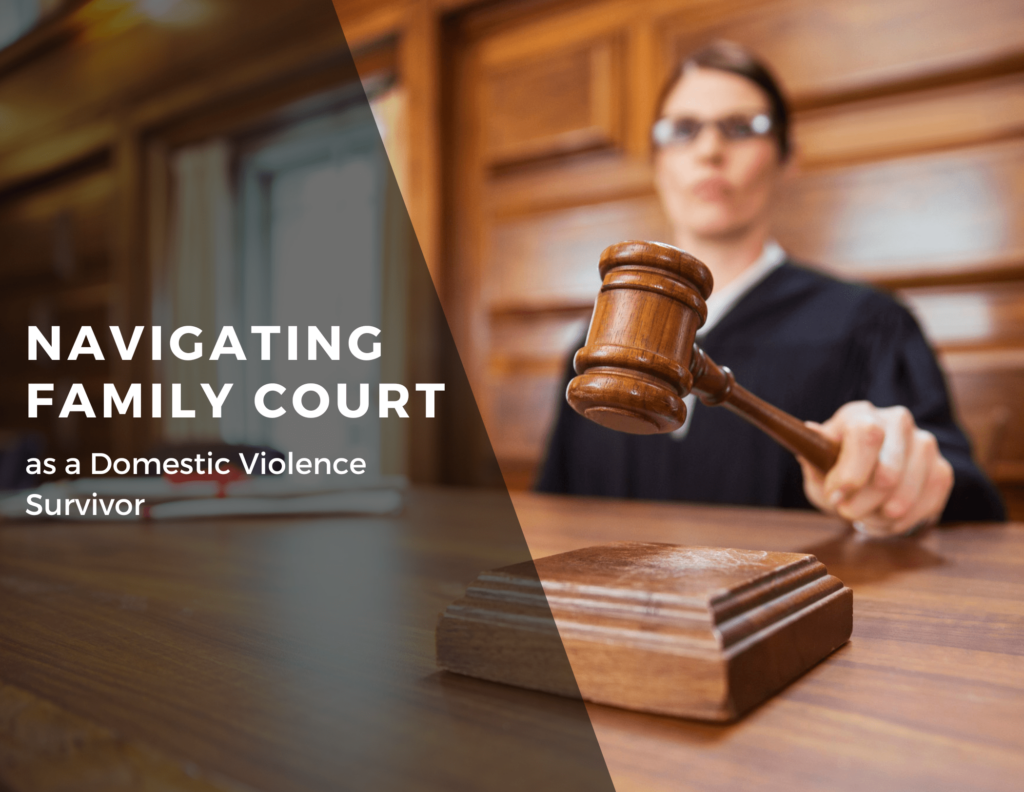Are you a victim of Emotional Abuse?

How to Identify Emotional Abuse
Emotional abuse is one of the many ways in which abuse might manifest itself. As we have seen with all forms of abuse, gaining control over the victim’s life is the ultimate objective of the abuser.
As in many different forms of abuse, we tend to think of emotional abuse coming from an intimate partner. Although it is statistically the most common relationship in which we can find this form of abuse, emotional abuse can often be found in relationships of a different nature, such as parents, teachers, bosses, coworkers, classmates, and more. Be attentive to the behaviour patterns described in this article to be able to identify emotional abuse.
Depending on the particularities of each abuser, the tactics for dominating the victim vary. Emotional abuse is one of the many ways it can come up. This means that emotional abuse is often linked to other forms of abuse, such as physical and financial abuse, but can show up by itself.
What is emotional abuse?
Emotional abuse is a behaviour pattern in which the abuser seeks to control the victim by isolating, manipulating, intimidating, humiliating, or instilling fear.
There are plenty of ways of emotional abuse that we have divided into two main categories for ease of identification. Those are Verbal and Non-verbal abuse.
Always be aware that emotionally abusive relationships may also be physically abusive, or may eventually lead to physical abuse. The most common behaviour pattern is that physically abusive relationships are also emotionally abusive. However, every relationship is different and you might find some, or all of the behaviours stated in this article, on top of physical abuse.
Remember that if you find yourself in an abusive relationship, the best solution is to leave. However, it won’t be an easy step to take, especially if you have been in the relationship for some time, or if you have related more intimately with your abuser by living together, getting married, or having children or pets. You can read our previous articles on Leaving an Abusive Relationship: Planning a Safe Escape and Life after Abuse: What happens after leaving? for more information on what leaving an abusive relationship looks like.
The best time to leave an emotionally abusive relationship is early on. Identify the signs and get out of it as soon as you can.

Verbal emotional abuse
Verbal abuse refers to all kinds of abuse in which the attacker is hurting their victim by the use of their words. This means that when a form of abuse involves any other means, it becomes more than just verbal abuse. Some of the most common manifestations of verbal abuse are:
Regular criticism
When the abuser seeks to attack the victim’s self-esteem through the means of constant criticism. This may include constantly criticizing the way they look, speak, act, dress, move, or anything they do. It is aimed to make the victim feel unsure of themselves by questioning their self-value since someone close to them is constantly telling them that everything they do is wrong.
Ridiculing or teasing
This consists of constantly making fun of the victim in a vicious way that goes beyond what can be considered friendly teasing and becomes ridiculing. When done in public it can be especially aggravating for the victim.
Demeaning or shaming
The act of going against the victim’s dignity and sense of self-worth. To degrade or put down a person to make them feel like they are worth less than everyone else.
Humiliating
Extreme public shame or embarrassment. Abusers will often draw attention to the victim’s shortcomings or put them in shameful situations in public.
Threatening
The act of stating the intention to cause harm, injury, damage, retribution, or other harmful consequences to the victim. Threats can come as a way to condition the victim’s behaviour as in “If you don’t do X I will do X”.
Insulting
An expression or statement that looks to belittle, offend, or humiliate the target. Often deliberately and intentionally disrespectful or derogatory. Constant insults are a mark of an emotionally abusive relationship.
Gaslighting
A form of manipulation where the abuser seeks to make the victim question their perception of reality and of themselves. Gaslighting takes many shapes and abusers have different tactics to make their victims doubt their sense of reality. Victims of gaslighting are given false information systematically until they start losing their sense of reality. This makes them doubt their memory, causing paranoia, and eventually making them believe that they are not capable of handling themselves, ceding control to the abuser. You can read more about gaslighting in our previous article What is Gaslighting: Understanding Manipulation and Abuse.

Non-verbal emotional abuse
The most common pattern is that we find both verbal and non-verbal forms of emotional abuse in relationships. However, non-verbal abuse is often found in emotionally abusive relationships where the abuser is savvy and avoids doing some of the previously defined behaviours. The difference is that with non-verbal abuse, the offender will use different tactics to establish themselves in control of their victim in ways that don’t include using their words to attack them. Some forms of non-verbal abuse are:
Controlling and manipulating
The abuser will establish different methods of control interwoven throughout the victim’s life. These can include financial control, controlling the vehicle or ways of transportation, controlling communication ways such as phones and computers, installing video surveillance, surrounding the victim with other people under the abuser’s control (chaperones) who inform the abuser or are a substitute for the abuser in their absence, and many more.
Extreme jealousy
Extreme jealousy on the abuser’s behalf will lead the victim into cutting relationships for fear of retaliation. The abuser will feel jealous of anyone having a relationship with the victim, which will lead to our next point.
Isolation
Abusers will look to make the victim cut loose any external sources of help, becoming completely dependent on their abuser. By isolating the victim, the abuser will gain control over their lives and make the victim feel alone and helpless. This leads to a vicious cycle of them leaning more on their abuser and their abuser taking control of them.
Conditioning
When the abuser conditions the victim’s behaviours with an action-reaction dynamic, incentivizing the actions they want and disincentivizing the actions they don’t. This makes the victim lose their sense of identity and makes them question their decision-making, thus making them lean more on their abuser.

Healing from emotional abuse
Individuals who have experienced emotional abuse often find themselves mentally exhausted, making it difficult to recognize the unhealthy dynamics. They tend to internalize blame for the relationship’s problems and may spend considerable time contemplating adapting their behaviour or avoiding confrontations. Additionally, survivors may grapple with issues related to self-esteem, as well as feelings of anxiety and depression.
Leaving an abusive relationship presents significant challenges, but it is entirely feasible. Survivors must realize that attempting to reason with the abuser is typically ineffective, and the likelihood of them changing is minimal. To initiate the healing process, experts advise seeking support from friends, family, a therapist, or local shelter.
If you want to heal from an abusive relationship, you can call our helpline at 780-594-3353.
Finding Shelter
At Stepping Stones Crisis Society, you can always find help if you are considering leaving an abusive household in Northern Alberta, particularly in the Cold Lake and Bonnyville areas. You can reach our helpline at 780-594-3353 or contact us at ou******@*******************ty.ca. We offer an emergency residential shelter for women, with or without their children, and their family pets (dog or cat). If you find yourself outside of this area, you can visit the Alberta Council of Women’s Shelters for more information on your local shelter.
If you find this article useful or want to support our cause, please donate here. Every dollar counts and our clients will greatly appreciate it.

Share this:
Related Articles
Cultural Barriers for Domestic Violence Survivors
Understanding Cultural Barriers for Domestic Violence Survivors in Canada Cultural barriers for domestic violence survivors are a serious issue affecting many individuals in Canada. While…
Navigating Family Court as a Domestic Violence Survivor
Navigating Family Court as a Domestic Violence Survivor in Alberta Navigating the family court as a survivor of domestic violence can be daunting. In Alberta,…


